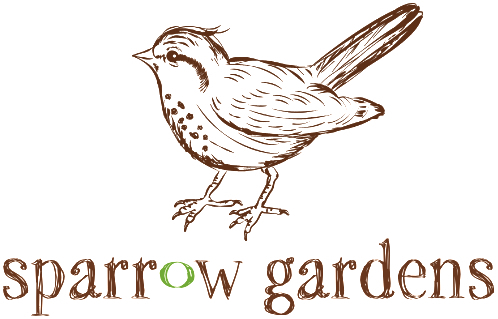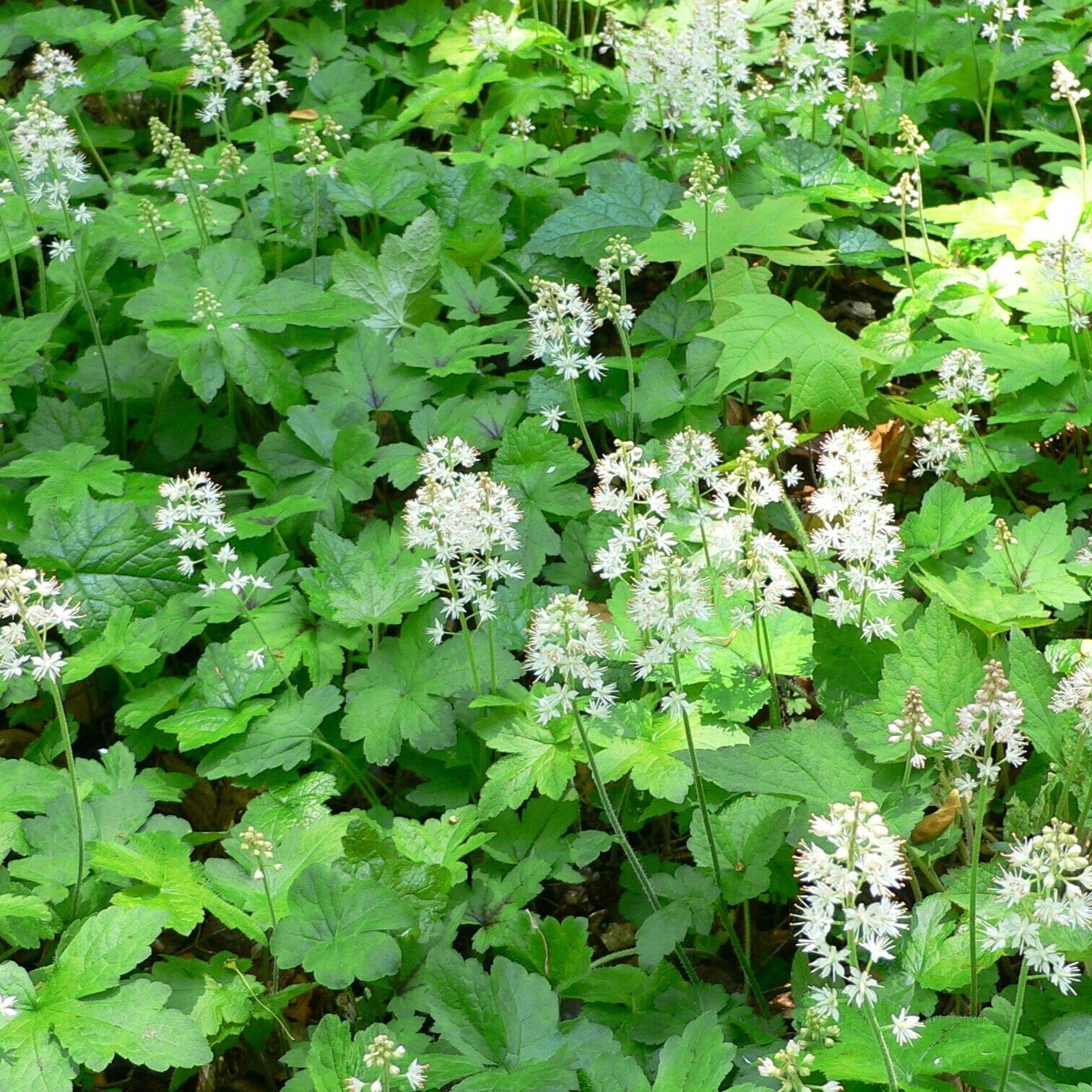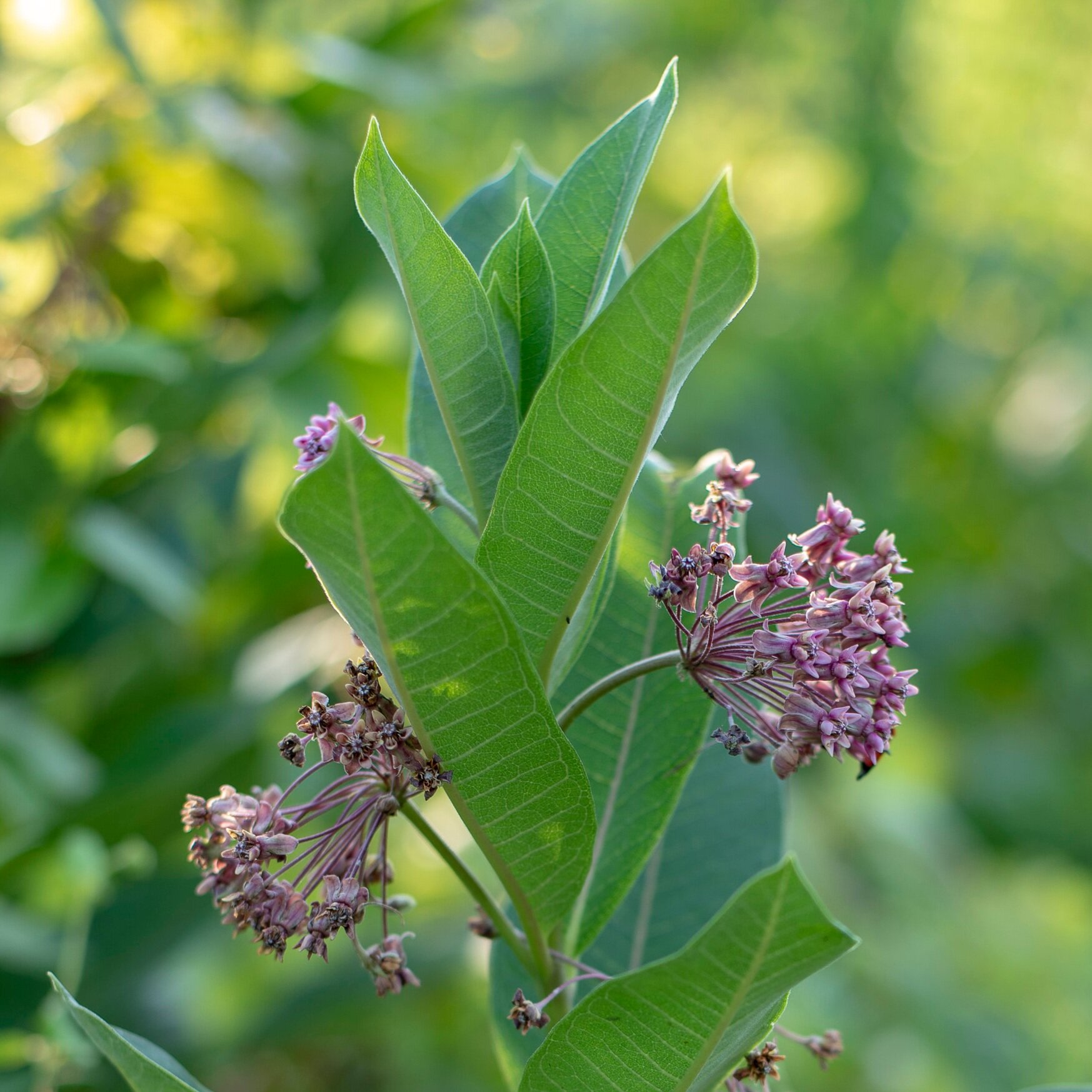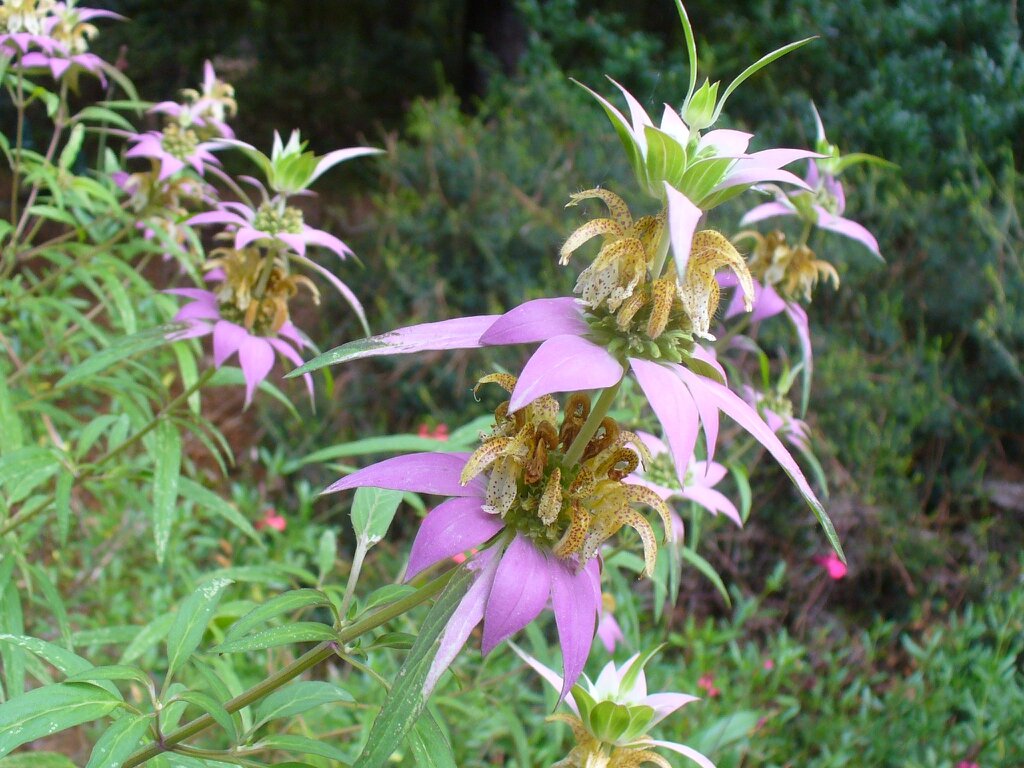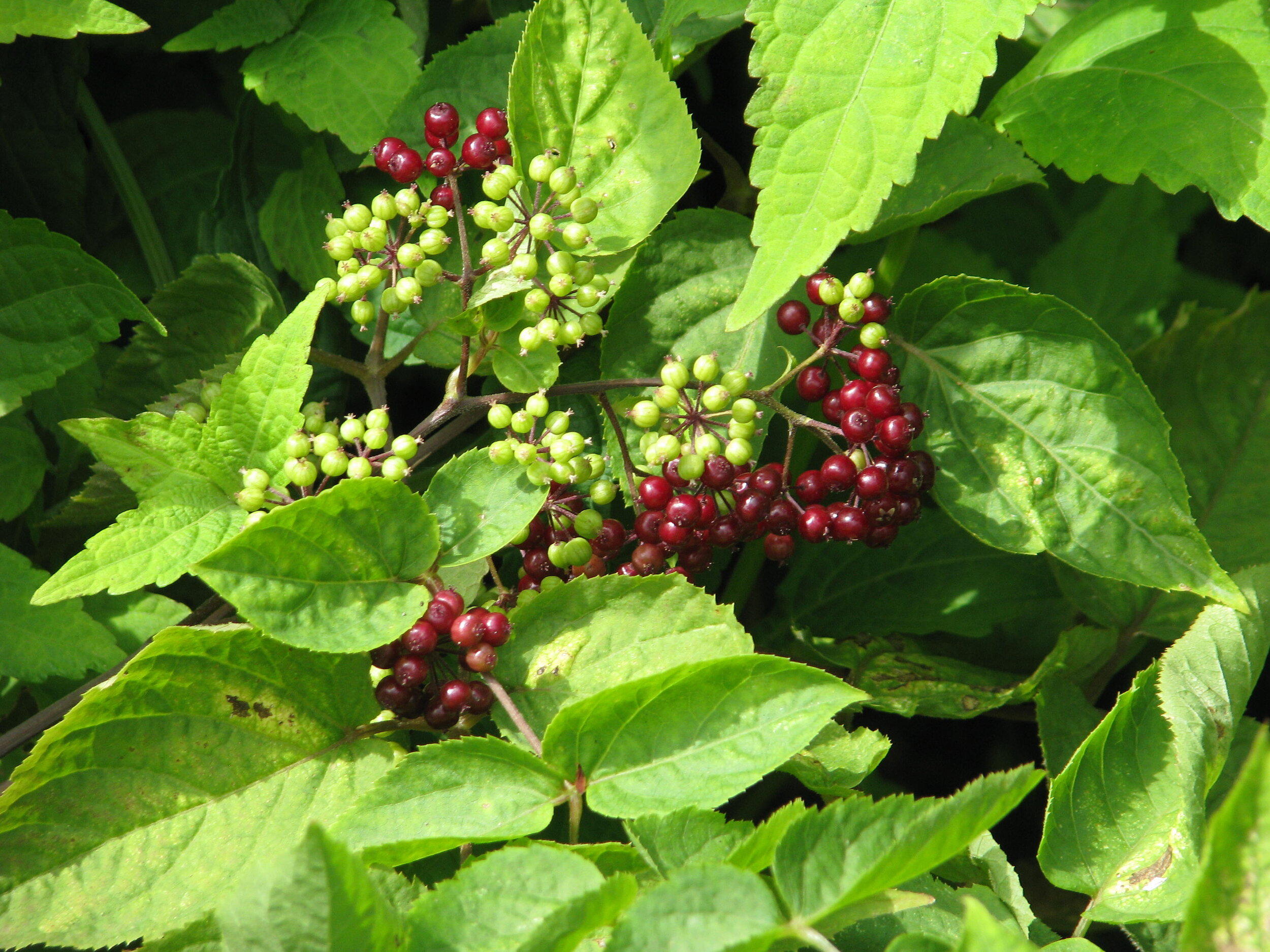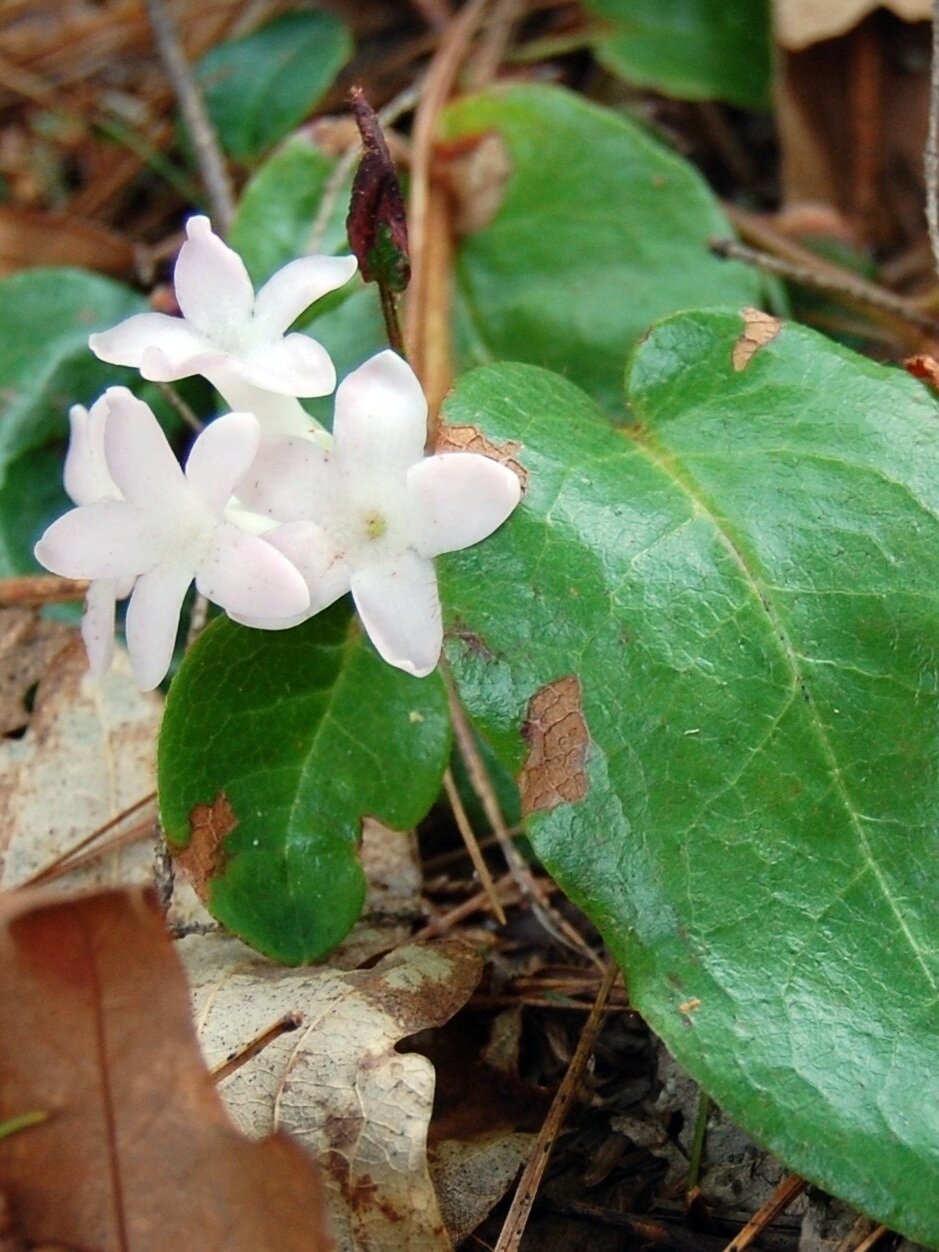why natives?
Buttonbush (Cephalanthus occidentalis) is a magnet for pollinators, especially bumblebees and butterflies. It is also a larval host for several species of sphinx moths. photo: The Cosmonaut
“Native plants are the cornerstone of Earth’s ecosystems and the base of the food chain that leads to our dinner tables. They evolved in and define particular locations, where they provide the habitats—food and shelter—that specific insects, birds, mammals, and other animals need. Together, native plants and animals form a web of mutually beneficial interactions that is greater than the sum of its parts: an ecosystem. By conserving native plants in the wild and using them in designed spaces, we protect and enhance the integrity, resilience, diversity, and beauty of our planet.” - Native Plant Trust
what is a native plant?
In the most general sense, native plants are local plants that have been growing in a particular region for thousands of years. They are extremely well adapted for the region’s growing conditions and are an integral part of the local ecosystem. This is where the definition gets tricky, however, because the term “native” really needs a qualifier in order to understand what it is referencing. Is the plant native to North America? New England? Massachusetts? Cape Cod? Plants don’t understand state boundaries or our attempts at classification, they grow where the habitat bests suits them and these habitats are not set in stone—they can and do migrate with the effects of human intervention and/or climate change.
Here in Massachusetts a plant is considered native if it was growing in the state prior to European colonization. After this point in time non-natives were introduced by the settlers, cross-breeding occurred, and pressure began to be exerted upon the native flora through intensive land clearing and agricultural practices. Just over 1,800 species of plants are considered native to Massachusetts, and the co-evolution they have supported with local plants, insects, and animals makes them a vital component of our local ecosystem.
From left: Foamflower Tiarella cordifolia var. cordifolia (photo: Raul654), Swamp Milkweed Asclepias incarnata (photo: sixflashphoto), Beebalm Monarda punctata (photo: Susan Strine)
why native?
Which brings us to why native plants are important. In one word—insects. Native plants support a tremendous amount and variety of insects, exponentially more than the non-natives. And insects, as we have learned (perhaps too late, see “The Insect Apocalypse Is Here”) are critical to the health of our ecosystems. They supply food for birds and amphibians, which feed the rest of the food chain; they are pollinators, which in turn helps to feed us—they are vital to the web of life.
While it is true that some insects have managed to adapt and survive utilizing non-natives, the vast majority have co-evolved over time with native plants, developing mutually beneficial relationships (Darwin’s concept of “mutualism”.) Some insects are so specific that they can only pollinate a single plant species. Approximately 25% of the 770 species of bees native to the Eastern United States are pollen specialists, and many butterflies and moths are also host-specific. The most well-known example of this specialization is the endangered relationship between the Monarch butterfly and milkweed—the loss of milkweed habitat has caused the Monarch population to experience a drastic decline.
“Thus I can understand how a flower and a bee might slowly become, either simultaneously or one after the other, modified and adapted to each other in the most perfect manner, by the continued preservation of all the individuals which presented slight deviations of structure mutually favourable to each other.” - Darwin, 1859
In a paper published in the journal Ecological Entomology author, entomologist and native plant proponent Doug Tallamy put forth the position that the displacement of native plant communities by non-natives is the key cause of insect decline. Considering the host-plant relationships that have developed to the point of specificity, Tallamy and his co-authors wrote, it stands to reason that, “The displacement of native plants by non-native species may have profound effects on phytophagous insect populations everywhere.”
Tallamy’s 2007 book Bringing Nature Home: How You Can Sustain Wildlife With Native Plants brought national attention to the importance of natives, providing one of the most detailed explanations of their importance to date. In it he writes, “Unless we modify the places we live, work, and play to meet not only our own needs but the needs of other species as well, nearly all species of wildlife native to the United States will disappear forever. This is not speculation. It is a prediction backed by decades of research on species-area relationships by ecologists who know of what they speak. And the extinction of our plants and animals is not a scenario lost in the distant future. It is playing out across the country and the planet as I write.” Tallamy followed with the 2020 release of Nature’s Best Hope: A New Approach To Conservation That Starts In Your Yard. Here he promotes the idea of a “homegrown national park” where each of us creates native habitats within our own yards, with the effect of stringing together a “park” of linked native areas across the nation.
This approach makes sense from both an ecological and an economical standpoint. Adding natives to our landscapes takes advantage of their natural resilience to the local environment. Native plants do best in our unique ecosystem. They are compatible with sandy soils, salt spray, drought and humidity. The “right plant for the right place” is a formula for success.
From left: American Spikenard Aralia racemosa (photo: Peganum), The state flower of Massachusetts Trailing Arbutus or Mayflower Epigaea repens (photo: Nancy), Red Columbine Aquilegia canadensis (photo: Krzysztof Golik)
how do we add natives?
It is not reasonable or practical to replace our current landscapes entirely with natives, and even the strongest advocates such as Tallamy believe a ratio of 70% native to 30% non-native is a realistic combination. One way is to incorporate natives into your existing garden beds, gradually replacing non-natives with similar native selections. Another is to reclaim an area of lawn as a wildflower or native perennial bed, or even smaller areas beneath existing trees or at the edge of the property—there are many wonderful woodland natives which make a beautiful display.
how do we find natives?
The term “native” can be misleading if you see it on a tag at the nursery, again, it goes back to the qualifier—native to where? New England, or Cape Cod, and how strict do you want to be regarding regionalization? Always keep in mind the habitat the plant is intended for, native plants still need to be grown in their appropriate location regarding light, soil type and moisture conditions.
You may also see the contemporary term “nativar” used, which refers to the cultivar of a native species. Breeders have taken native plants and “improved” them through larger blooms, variegated leaves, novel coloration. In general, the less a plant has been modified from its native form the more beneficial it will be to the insects which depend on it for survival.
A good place to start is the book Native Plants for New England Gardens by Mark Richardson and Dan Jaffe of the Native Plant Trust. Dan, currently the Horticulturalist at Norcross Wildlife Sanctuary, was the former senior plant propagator at Garden in the Woods—a 45-acre botanical garden which serves as the headquarters for the Native Plant Trust (formerly the New England Wildflower Society). Other resources to find out which plants are native to your area are the zip-code based plant database www.nwf.org/nativeplantfinder or the ecoregion-based plant database from the Native Plant Trust https://plantfinder.nativeplanttrust.org/Plant-Search. The Association for the Preservation of Cape Cod has also started a native plant initiative, and more information can be found on their website. Many resources are listed below as well. There is much to learn, and much to gain, by going native!
Lady Bird Johnson Wildflower Center
Association to Preserve Cape Cod Native Plant Initiative
Atlas of the Flora of New England by Ray Angelo and David Boufford of Harvard
Go Botany (New England regional), from the New England Wild Flower Society
read:
https://www.grownativemass.org/Great-Resources/best-books
Bringing Nature Home: How You Can Sustain Wildlife With Native Plants by Doug Tallamy
Nature’s Best Hope: A New Approach To Conservation That Starts In Your Yard by Doug Tallamy
Native Plants of the Northeast by Donald Leopold
Garden Revolution: How Our Landscapes Can Be a Source of Environmental Change by Larry Weaner and Thomas Christopher
Native Plants for New England Gardens by Mark Richardson and Dan Jaffe
watch:
sources:
Cape Cod Cooperative Extension Native Plant Sale
visit:
The public will be able to start visiting the Garden in the Woods on Sunday, April 11, 2021. Tickets need to be purchased online, in advance. The Garden Shop at Nasami Farm opens to members on Friday, April 23, and to the public on Saturday, April 24.
